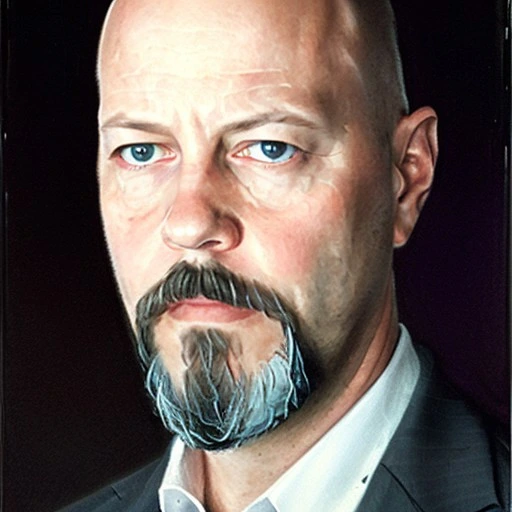”Art is the lie that enables us to realise the truth.” Pablo Picasso
It’s tempting to view AI as the ultimate shortcut — a tool that can do it all, from brainstorming to execution, in one seamless swoop. Why labour over every brushstroke, word, or concept when you can feed your ideas into a machine and have something spit out the other side? Because that something is often rubbish. Sterile. Lacking the spark of originality that only comes from actual human insight. And if you’re feeling frustrated by AI’s shortcomings, you might be expecting too much from it.
The magic of creativity doesn’t come from completing the task, but from the journey itself. AI can assist. It can be your thought partner, expanding your research, offering tangential ideas, or even helping you step into the shoes of someone else. But the act of creating? That’s a privilege. That’s where the fun is. Let AI handle the grunt work — the parts that drain energy and stifle inspiration. The actual craft, though? That’s all yours.
AI can enhance your process by offering data, perspectives, and approaches to the less inspired aspects of creative work. But to expect it to generate your next masterpiece while you sit back with a cup of tea? That’s not realistic. Let AI inform your creativity, don’t let it become your creativity. Embrace the grind, enjoy the messy process, and savour the satisfaction of creating something that’s truly your own.
What can you do? Next time you’re stuck in a rut, use AI to spark new directions, but don’t outsource the heart of the work. Your ideas are too valuable for that. Aren’t they?
Interesting Links
-
Heidegger: The Question Concerning Technology
Summary: Martin Heidegger’s essay delves into the philosophical nature of technology, exploring its essence and how it shapes human existence. He argues that technology is not just a tool, but a way of revealing the world.
Why it’s useful: For those seeking to understand the deeper relationship between humans and technology, this piece provides an intellectual framework to think beyond the immediate usefulness of AI and towards its long-term influence on creative work and society.
-
Springboards AI: Creative AI Tools
Summary: Springboards AI offers a collection of AI tools aimed at agencies. It’s designed to help with brainstorming, problem-solving, and concept generation for creative projects. It aims to enhance, not replace, human creativity by providing new angles and ideas.
Why it’s useful: If you’re looking to integrate AI into your creative workflow in a way that amplifies your thinking, this is a resourceful toolkit to explore. Perfect for when you need a boost in creativity without compromising on personal input.
-
Cursor: AI-Powered Code Writing
Summary: Cursor is an AI-powered text editor designed to help developers by autocompleting code and generating code snippets. While it’s primarily for coders, it serves as a great example of how AI can handle more tedious tasks, leaving the creative logic and design to the human brain.
Why it’s useful: For creative technologists and developers, Cursor illustrates how AI can enhance productivity by taking care of the repetitive aspects of coding, freeing up mental space for higher-level creative problem-solving.








